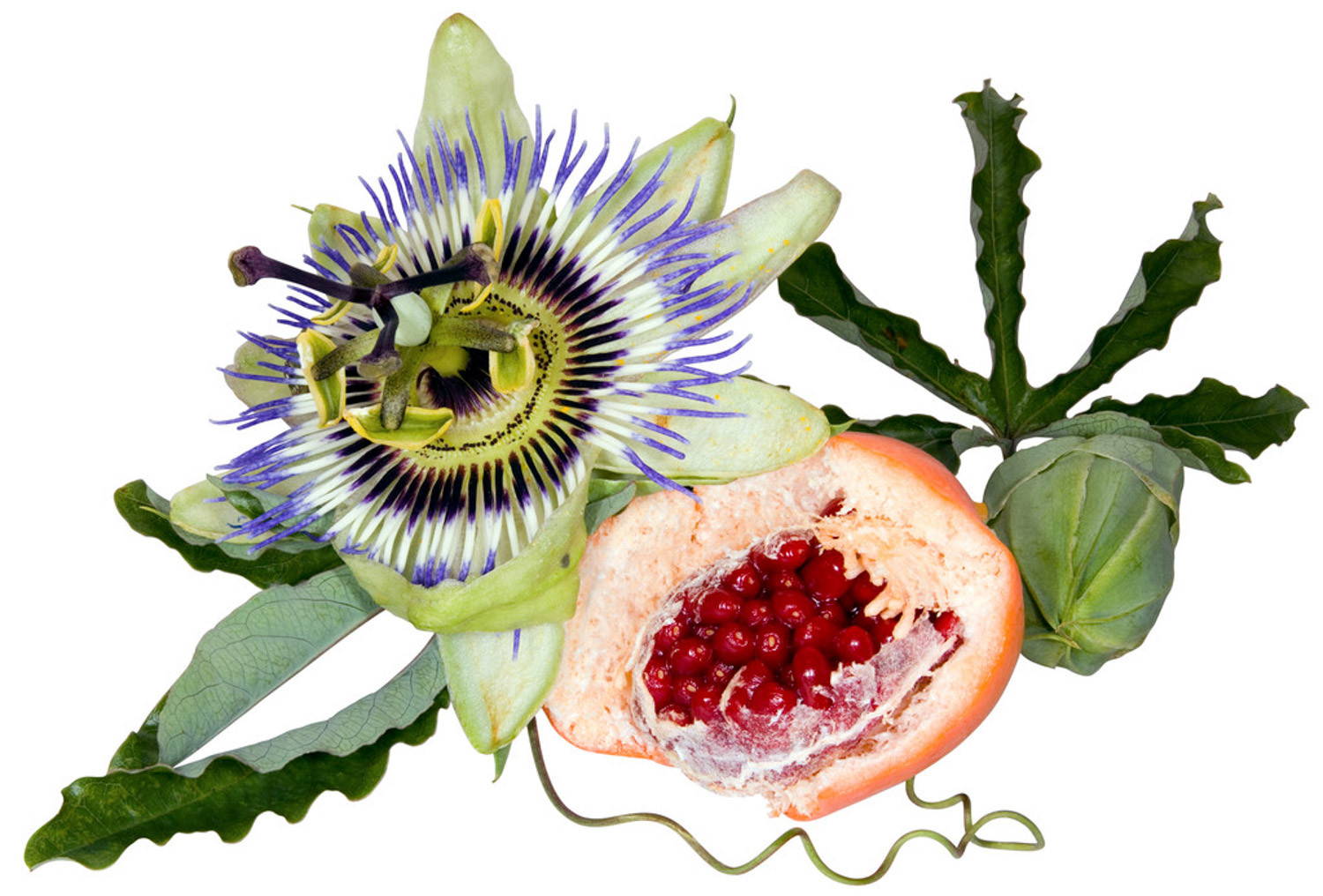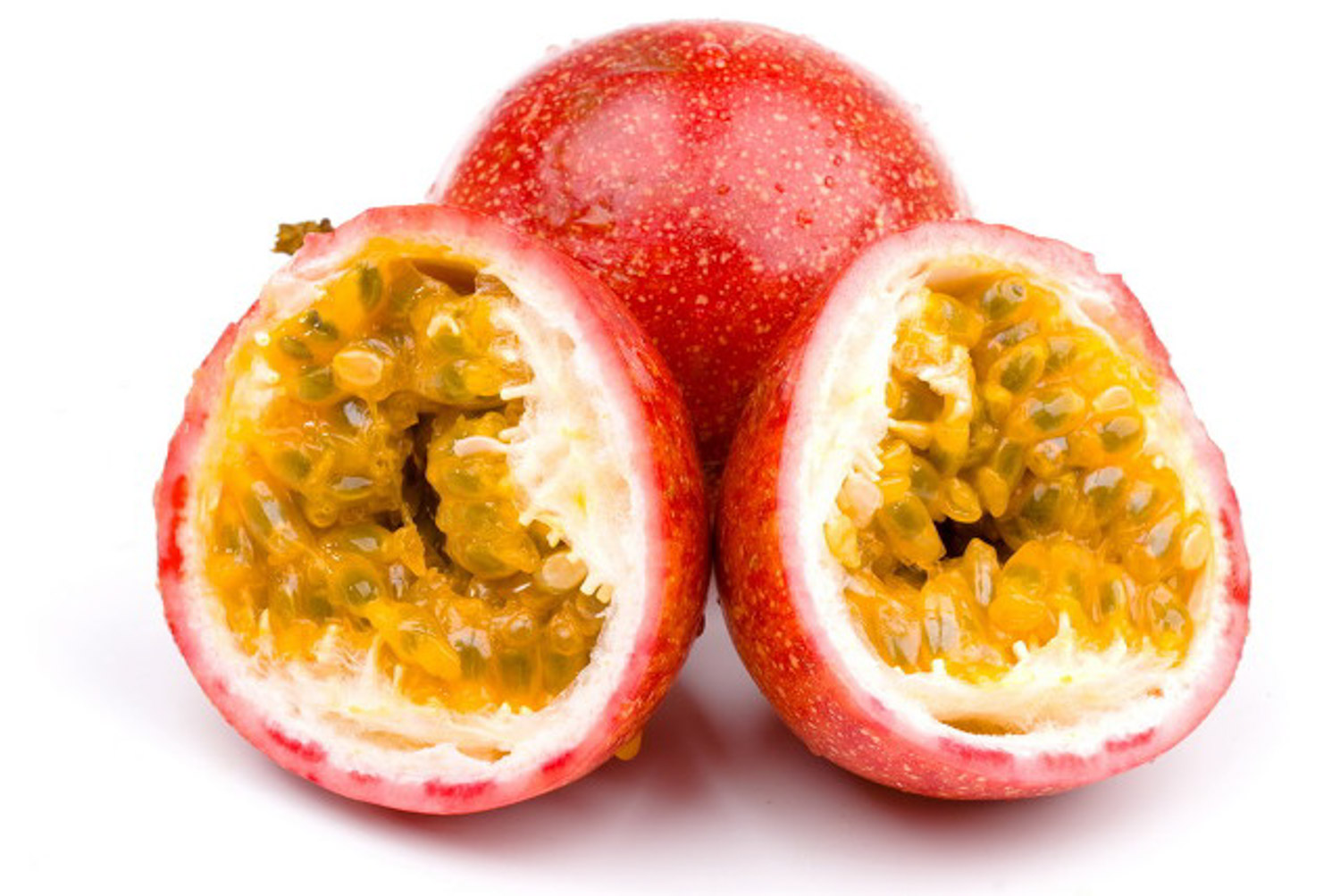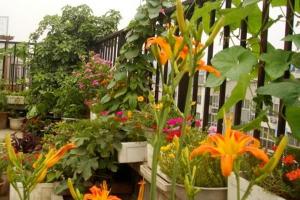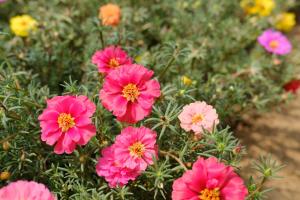1、 Colonization
The passion fruit sown in spring grows rapidly. After the colonization is completed, a pillar needs to be inserted so that the main vine can go up to the shed. When the length of the main vine grows to about one meter, cut off the top bud to stimulate it to grow side vines, leaving only two side vines on each side. When the length of the side vine grows to two meters, cut off the top

2、 Finishing moisture
The water consumption in the growth period is very large, so it needs to be managed reasonably. It is not resistant to drought and waterlogging, but the soil is too dry, which will affect its growth. Generally, it is watered once or twice a week. When the temperature rises quickly at the end of spring, it is necessary to increase the amount of watering to avoid dry branches and stems

3、 Increase fertilization
The fertilizer consumption in spring is serious, and the nutrients in the soil alone are far from enough. It is necessary to meet its needs through fertilization. Its fertilization principle is to use light nitrogen, phosphorus and potassium in the ratio of 2:1:4. Nitrogen fertilizer must not be used too much. It can be used once a week. During this period, the proportion of potassium fertilizer can be increased. Potassium fertilizer can promote the maturity of flower buds and bear fruit as soon as possible

4、 Increase illumination
It is necessary to increase the amount of light in spring, which can promote the growth of branches and the accumulation of nutrients. If the light can not meet the demand, the branches will grow slowly and grow in vain. It is a plant with long sunshine. Ensuring more than 12 hours of light every day can promote the formation of flower buds. Especially after planting in early spring, more sun exposure can ensure the continuous flowering in summer

 how many times do yo...
how many times do yo... how many planted tre...
how many planted tre... how many pine trees ...
how many pine trees ... how many pecan trees...
how many pecan trees... how many plants comp...
how many plants comp... how many plants can ...
how many plants can ... how many plants and ...
how many plants and ... how many pepper plan...
how many pepper plan...

































